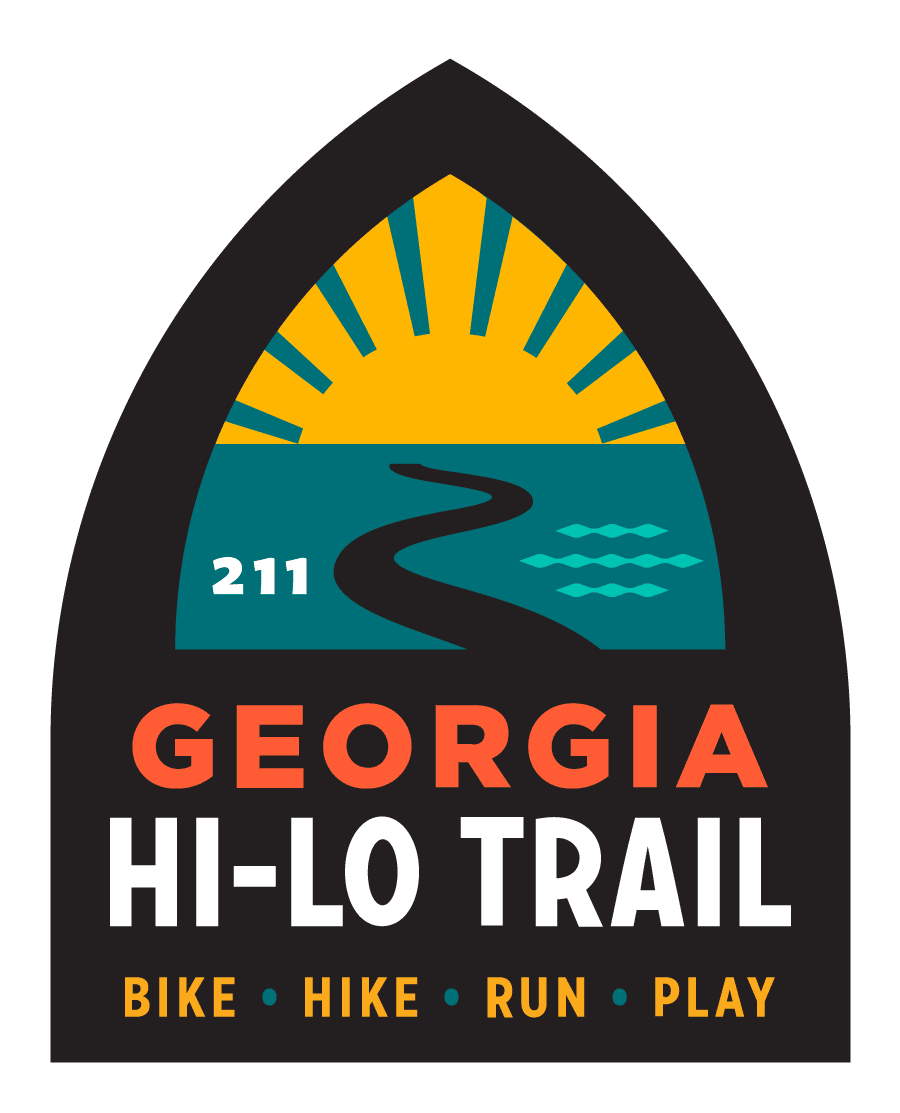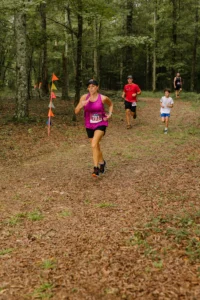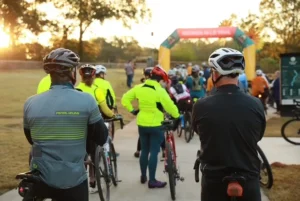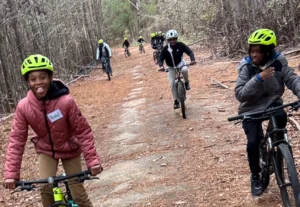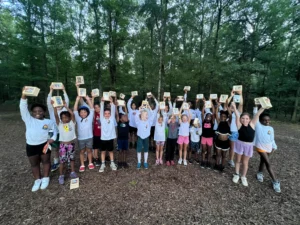Building the longest trail in America is a complex and ambitious undertaking—especially for a small nonprofit like Georgia Hi-Lo Trail. Our project, which spans eight counties, requires careful planning, multi-phase development, and strong community collaboration. What began as one person’s vision for a safe, outdoor space for her family has evolved into a transformative initiative supported by communities across eastern Georgia. As we adapt our plans to meet the needs of each area, clear communication remains essential.
With spring’s arrival and more people heading outdoors, it’s the perfect time to highlight how trails benefit communities. Despite clear evidence of these benefits, several persistent myths about trail development remain. Here, we debunk the seven most common myths with facts and real-world data from the Southeast and beyond.
Myth 1: Do Trails Increase Crime and Vandalism?
Fact: Trails do not attract crime—studies show they often reduce it.
- A cooperative study by Rails-to-Trails and the National Park Service examined 372 trails nationwide. The findings were clear: “Compared to the abandoned and forgotten corridors they replace, trails are a positive community development and crime prevention strategy of proven value.”
- Across 256 rural trails (over 5,000 miles, 26 million annual visitors), only three reported a burglary against adjacent property. By contrast, national crime statistics showed 687 burglaries per 100,000 residents during the same period.
- Local officials echo these findings. The Captain of Public Safety for North Augusta, SC, reported, “We have had no crime to speak of occurring on the Greeneway or that we could attribute to the Greeneway.” In Durham, NC, a study of the American Tobacco Trail found that less than 0.5% of all area crimes occurred on the trail itself, confirming that trails are among the safest public spaces.
- The Silver Comet Trail in Cobb, Paulding, and Polk Counties is a living example: on any weekend, you’ll find families and individuals safely enjoying the outdoors.
Myth 2: Do Trails Lower Property Values?
Fact: Trails reduce blight and drive development.
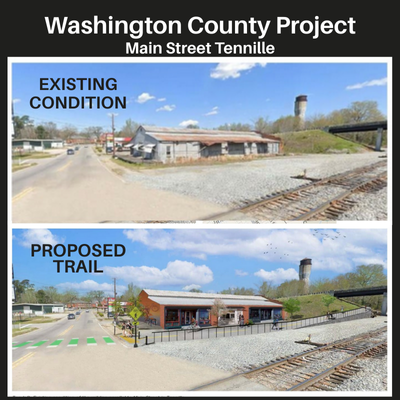
- Trails are widely regarded as amenities that boost neighborhood desirability and attract both homebuyers and employers.
- The Silver Comet Trail Economic Impact Analysis found that proximity to the trail increased interest in developing vacant parcels. The trail served as a catalyst for new construction, replacing blighted areas with productive properties and expanding the local tax base.
Myth 3: Do Trails Invade Privacy?
Fact: Thoughtful design addresses privacy concerns, and most neighbors report positive experiences.
- Features like buffers and landscaping are incorporated to protect privacy.
- Once trails are established, initial concerns are often replaced by positive feedback. Many residents find living near a trail preferable to living near unused or poorly maintained areas.
- According to the University of Omaha, 75% of residents living along the city’s recreational trails reported a positive impact on neighborhood quality of life.
Myth 4: Do Trails Harm the Environment?
Fact: Trails can enhance environmental stewardship and coexist with sensitive habitats.
- Trails are designed using best practices to minimize environmental impact and promote conservation.
- Examples include boardwalks over wetlands and wildlife corridors.
- The Saluda Grade Trail, spanning Upstate South Carolina and Western North Carolina, is designed to connect protected natural areas and support abundant wildlife, making it a haven for birding and nature appreciation.
Myth 5: Do Trails Force Landowners to Give Up Property?
Fact: Trail development requires voluntary agreements and partnerships.
- Trails are built through collaboration with public and private landowners.
- Georgia Hi-Lo Trail does not have rights to private property and cannot claim eminent domain.
Myth 6: Are Trails a Liability for Landowners?
Fact: Georgia’s Outdoor Recreation Act protects private landowners from liability.
- Most states, including Georgia, have recreational use statutes that shield landowners from liability when they allow public recreation without charging a fee.
- Each section of the Georgia Hi-Lo Trail will be owned by the respective county or city, not private landowners.
- Organized activities on the trail are covered by the liability insurance of the hosting entity.
Myth 7: Do Trails Benefit Rural Communities?
Fact: Trails bring substantial economic, health, and social benefits to rural areas.
- Trails drive economic development through tourism, local business growth, and increased property values.
- They provide affordable recreation, improve health outcomes, and foster community pride.
- A study from NC State University looked at four North Carolina greenways and found that every $1 spent on trail construction generates $1.72 annually in local business revenue, sales tax, and health/transportation benefits. The four greenways studied generated $19.4 million in annual business sales, $684,000 in local tax revenue, $25.7 million in health and transportation savings, and $48.7 million in business revenue from construction.
- Nationally, outdoor recreation supports 7.6 million jobs, contributes $887 billion to the economy, and generates over $124 billion in tax revenue (Outdoor Foundation, 2017)12.
Trails are proven assets for communities, delivering safety, economic growth, environmental stewardship, and improved quality of life. The Georgia Hi-Lo Trail is committed to bringing these benefits to rural Georgia, supported by evidence and the success stories of trails across the Southeast.
Get Involved!
Ready to support the Georgia Hi-Lo Trail? Donate today, sign up for our newsletter, or volunteer to help out in your community where you will see the benefits firsthand!
